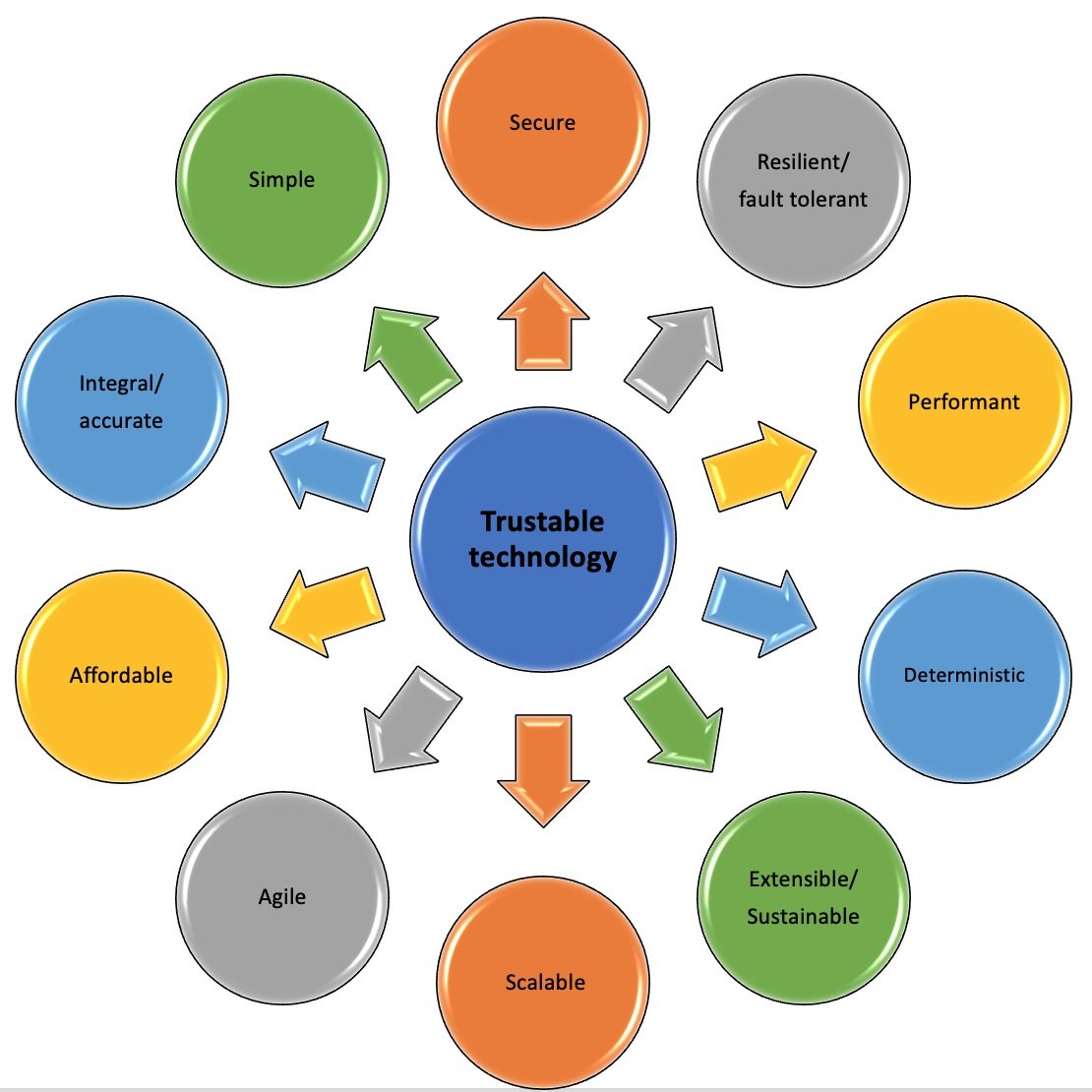
A computer technologist/enthusiast with over 24+yrs experience in software development, architecture, delivery, digital and technology transformation
Link to blog + Recent talks, publications, recognitions
Throughout my career spanning 22+ yrs I have been a CTO, digital disruptor, Architect, trusted advisor, mentor, developer and a change agent. For more than 13 years playing many CTO roles, I have been driving technology/architecture , digital transformation/innovation in Financial services technology domain spanning investment banking and corporate banking as well as FinTech in key financial hubs in the world , London, New York, Frankfurt. My key interests and expertise is in Tech innovation, transformation and scale up.
I have had the opportunity to architect, manage, own and work across 100s of enterprise systems in financial services accessed across many continents , with annual IT delivery budgets going to100s of millions of USD. I was fortunate that most of the projects/platforms were successful.
I have designed and delivered software systems used by Tier 1 global financial services ( Investment, corporate banking ) , tier 1 state and private corporates in Europe, North America and Asia where I spearheaded digital and technology transformation covering business, technology and process re-architecture.
What makes me really interested and keen is building enterprise software that is secure, reliable, scalable, usable and trustable that will enable business partners to go and conduct their job with confidence and assurance. I always believe that delivering functionality is relatively easier but what is more daunting and time consuming is building a “usable, reliable, performant, scalable , secure and sustainable” software platform. All of us have taken short cuts many times to get the business functionality up and running quickly but later struggle to maintain the platform efficiently and lower running costs without focusing on step by step evolutionary architecture. This “technical debt” come back and keeps on biting us unless there was enough focus and care given during the initial architecture formulation and development. I thought of creating this blog site to share my experience, pitfalls, and learning from many software/ IT projects so that others don’t fall into the same rabbit holes.
If you wonder why I have named the site “trustableTech” ? The reason been that I am quite passionate about reliable software systems … yet giving a simple and abstracted user experience to a user, like the reliability and usability we expect we expect when driving a good car!
Therefore in autumn 2021 I thought of starting a tech blog to talk about various tech problems and share my experience.
I have been parachuted in many times to resurrect unsustainable and “dead and buried” software platforms, engineering organisations and a FinTech. I consider them as “treasure troves” in identifying software and technology “anti-patterns” technologists have taken in the past to deliver short term business benefits and avoiding continuous hygiene/improvements to support varying business demand and non-functional (performance, load, scale, security) pressures . Throughout my career, learnings from such remediation and recovery exercises had helped me immensely when I had to formulate solutions and deliver new software products and platforms. Working as an enterprise CTO as well as FinTech CTO I was fortunate to see different dimensions of challenges, pressures , priorities and focus areas. For e.g. When working for a financial service company while sustainable technology is very important , more attention and focus is given to delivering solutions quickly to businesses and hence the focus on sustainability is sometimes lost. This is where as technologists we need to be clear and vocal on why sustainable technology focus in important.
Comparatively in a FinTech what you sell ultimately is a software. Hence the technology focus is much more prevalent and critical as any deficiency in the product will clearly make the FinTech a success or a failure. Having said this, what business don’t understand is the significance and dependency technology availability has put in the very survival of more businesses. Consider the recent Covid pandemic where more companies started understanding the importance of all technology starting from online platforms, collaboration technologies, reliable network and communication infrastructure, without a remote working set up would have never worked. I am sure like me many others started embracing cloud services and technologies much earlier than 2020 and were ready for the immense challenge faced during the pandemic.
One of the main challenges technologist face is convincing business partners/stakeholder to sign up for sustainable velocity balancing the short term agility vs. long term running costs, time to market and extensibility.
At the end as technologist we have to transform the “technology view” to a business view like how the solution and delivery approach 1) reduce the overall delivery cost and total maintenance cost 2) Improve the time to market 3) and support long term growth. This is not trivial thus needs to balance the technical and business benefits.
Also during the last few decades there has been significant technology transformation and simplifications , making our lives much easier. Cloud services, containerisation, automation , continuous integration/continuous delivery, open source tools and libraries has transformed the way we write software, test them, deploy and deliver them as well the significantly reducing the time, effort we would spent between designing and delivering software to production.
The intention of this site is to share experiences in various topics covering;
Progressing in Digital transformation and engineering /technology organisational transformation
I would cover topics spanning how the three pillars of a technology organisation 1) The software and technology products 2) The delivery/engineering organisation 2) The engineering culture can be streamlined and rectified to achieve significant transformation using architecture patterns, automation practices
Financial services and Energy/Commodity trading digitalisation
Share experience in investment banking, Transaction banking and Commodity/Energy trading digitalisation
Automation and data science adoption in trading and risk management
Experience in refined fuel/crude, LNG/Gas, renewable / bio fuel , environment market products, Feedstock, Iron Ore, Metal and concentrates , Agri
Non-functional engineering and various architecture topics
One of my favourite topics, I like to explore how fundamental solutions in
Optimising the calculations/data operations
Optimising the data storage/retrieval
Optimising data transfer/movement
can be utilised to building performant, resilient software
Cloud scale apps and services
Building 12/15 factor apps and services maximising maintainability, resilience, availability , quicker time to market and adaptability
Balancing out consistency, availability , partition ( CAP) based on various business needs
Cloud native application, data architectures and cloud native security
Multi-tenant and cloud architectures , especially cloud based software product offerings
Avoiding architecture and design anti-patterns, design pitfalls
Here I would share plethora anti-patterns I have seen in many software systems
Realisable and pragmatic disruptive tech adoption
Finding the correct “disruptive tech” for the right business problem
Pragmatic innovative solutions to solve real world business problems where I look at distributed ledger/blockchain, AI/ML , deep learning and API strategies to provide “real” business solutions
Balancing view between technology and business benefits
A topic I continuously address when I am liaising with internal and external stakeholders/investors and transforming the “technical” benefits of a solution to “business” benefits
Sustainable software engineering and development
Another topic I am quite interested , especially in the context of building software products that used by multiple clients
I am keen having the right balance among few competing dimensions; the technology complexity , simplicity to delivery and maintain as well as having the right engineering mind set when it comes to building “reliable/trustable” software
